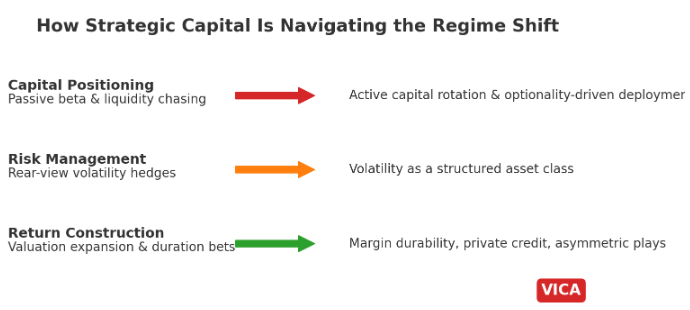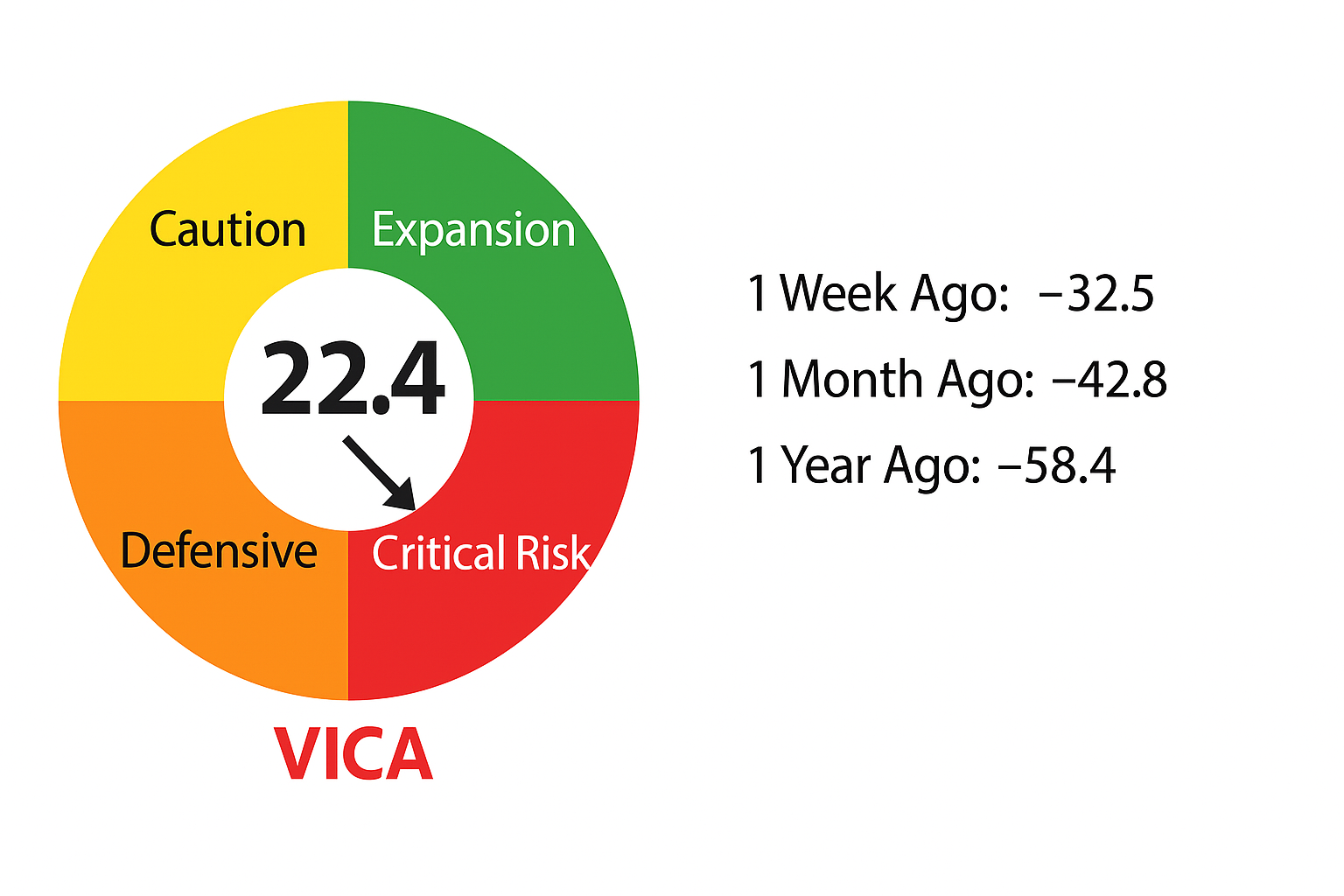QUANTITATIVE REPORT SERIES
Investors accept lower average returns on stocks with high idiosyncratic skewness and high volatility because they have a preference for stocks with lottery-like return properties.
Findings indicate that Investors that overvalue high profile stocks with extreme positive returns suffer negative returns.
Data sets indicate that monthly portfolios comprising stocks with high maximum daily return (high MAX stocks) during the preceding month significantly underperform in comparison to the portfolios of stocks experiencing low maximum daily return (low MAX stocks) during the preceding month.
In other words, they report a negative return spread between portfolios with the highest and lowest maximum daily returns. The negative relationship is reported robust even after controlling for size, book-to-market, illiquidity, momentum, short-term reversal, and skewness.
Portfolio theory advocates optimal risk-return tradeoff can be attained if….
Portfolio theory advocates that the optimal risk-return tradeoff can be attained if investors allocate their funds to just two types of assets: risk-free asset and the well-diversified portfolio (fund). However, in reality, our data sets indicate most investors are poorly diversified
Vica Partner data set studies are available to the Trade



